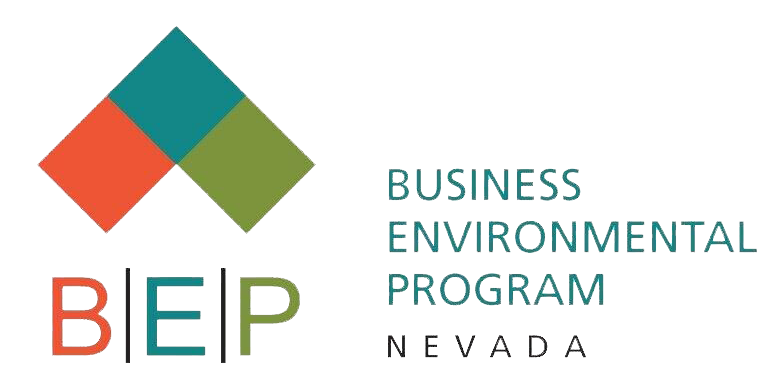What is green chemistry?
Green chemistry, also known as sustainable chemistry, is the design of chemical products and processes that reduce or eliminate the use or generation of hazardous substances. It applies across the life cycle of a chemical product, including its design, manufacture, use, and ultimate disposal. It is a different way of thinking about how chemistry and chemical engineering can be done.
Over the years different principles have been proposed that can be used when thinking about the design, development and implementation of chemical products and processes. These principles enable scientists and engineers to protect and benefit the economy, people and the planet by finding creative and innovative ways to reduce waste, conserve energy, and discover replacements for hazardous substances.
There are 12 key principles that describe green chemistry and guide work in this field.
What resources are available to help?
Visit our Resources page to learn more about resources that can help you learn and/or deploy green chemistry principles.

